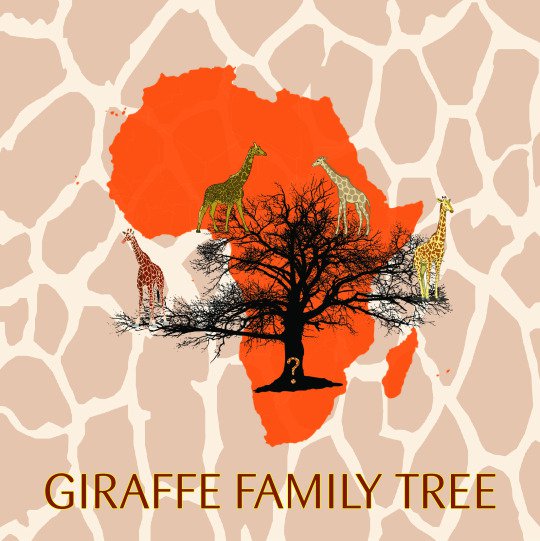Sometimes we hear big news when things change. For example, a sports team may get a new coach or a spacecraft may complete its mission. Sometimes things stay the same, but our understanding of them changes. Pluto has not changed any, but our understanding of it sure has. Similarly our understanding of something here on Earth recently changed, giraffes. Scientists have been looking at our long-necked friends and now have answered the question: How well do we know giraffes?
When we think of these awesome animals, we usually think about the long neck, horns, black tongue, and some cute memes on the internet. While all of this may be true, our understanding of these animals just became far more detailed. In a recent study, scientists conducted a biopsy of many different giraffes and came to a very interesting conclusion. The genetic makeup of the animals they studied showed four distinct lineages of giraffes. This means there are four distinct genetic paths that the animals took over long periods of time which led to the evolution of the giraffe family. Not only did the giraffe family branch out into four species, but the individual species don’t mate with each other unless they are the same exact species.
The mystery now is to figure out what could have caused that evolution in the first place. When species become isolated from one another, they adapt to various changes in the environment and ultimately evolve into the versions that we are familiar with. Charles Darwin’s famous trip to the Galapagos Islands is a great example of different organisms evolving due to being separated from one another. Giraffes however pose a very interesting mystery. These are animals that graze and wander around Africa. There’s no big ocean or massive mountain chain keeping them apart from one another. So, why did they end up the way they did?

This discovery, while surprising, makes perfect sense. We’ve known about giraffes for a long time, but that does not mean we have studied them enough. There are still a myriad of mysteries left here on Earth. We just need more funding and more scientists that are ready to dig in and contribute to the knowledge about the natural world that is all around us. This information will also be beyond important for future plans in the conservation field and provide various ideas on how to better protect these beautiful animals.
Clearly there’s more work to be done on this biological evolutionary mystery, but this study is a great example of how science can find itself rewriting text books every now and then, even thought it’s a pain in the neck. Super long neck, that is.


